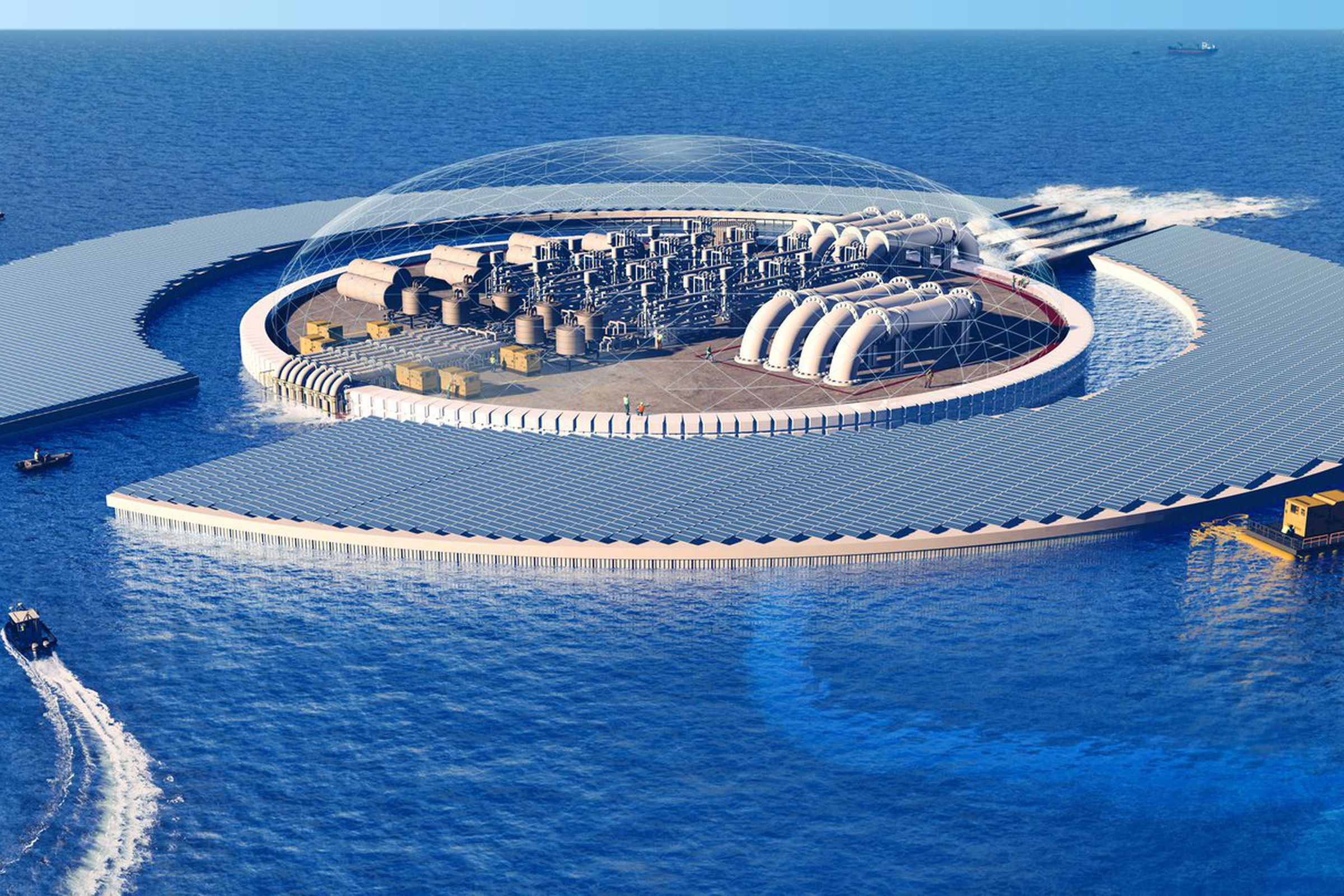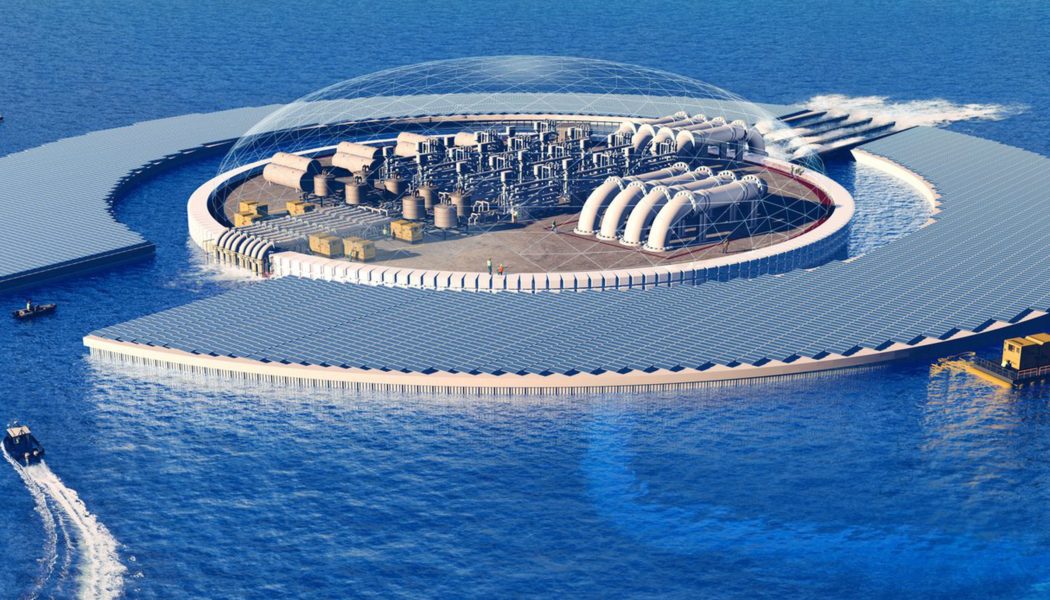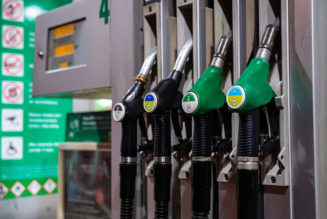Can filtering carbon dioxide out of the ocean help tackle climate change? The technology still has a lot to prove.

An audacious new effort to pull carbon dioxide out of the Pacific Ocean as a way to fight climate change is being backed by fossil fuel giants and Big Tech. But the nascent technology, called “direct ocean capture” (DOC), still has a long way to go to prove that it works — and that it won’t cause any new problems.
Caltech researchers founded the startup Captura, which just announced a new project today. Captura was founded in 2021 and won a $1 million award from Elon Musk’s XPrize competition the following year. Now, with funding from the US’s biggest gas utility, Captura’s setting up its biggest pilot project yet at the Port of Los Angeles.
The idea is that filtering CO2 out of seawater will allow oceans to soak up more of the greenhouse gas, keeping it out of the atmosphere where it would heat up the planet. The world’s oceans have soaked up nearly a third of humans’ greenhouse gas emissions since the industrial revolution. Without that help, climate change would be much worse than it already is — with global warming already fueling more extreme weather disasters and threatening to wipe some coastal communities off the map.
The ocean’s CO2-sucking powers, as well as Captura’s technology, rely on a principle called Henry’s Law. It’s the same force that makes a drink go flat after you pop open a beer or soda can. The CO2 wants to flow from where there’s a higher concentration of it to where there’s a lower concentration of the gas so that there’s equilibrium. As fossil fuels raised the concentration of CO2 in the atmosphere, oceans started sucking up more of the gas.
Captura’s technology aims to boost that process by drawing CO2 out of seawater. First, it has to pull ocean water into the DOC plant. Then, it separates out about half a percent of that water and puts it through a process called electrodialysis. That’s a fancy way of saying that they zap the water with electricity to rearrange molecules into an acid and a base. When the acid is added back to the rest of the seawater, it reacts with the carbon to release CO2.


Captura can then capture that gas to store it away somewhere or sell it as a product. Acidic water (which also happens to be a symptom of climate change) is very bad for marine life, so Captura adds the base to the water before releasing it back into the ocean. Now that the water is CO2 deficient, it can then draw down even more CO2 out of the atmosphere.
Captura launched its first pilot in Newport Beach, California last August. It unveiled a new pilot project today that’s about 100 times larger at a public-private research facility called AltaSea at the Port of Los Angeles. The project should be able to take about 100 tons of CO2 out of the ocean a year. In the grand scheme of things, that’s still minuscule — equivalent to taking about 22 cars off the road for a year.
The goal is to test how the technology works in the real world and check to see if it has any unwanted side effects. “We want to make sure that our impact on the ocean water is as benign as we believe it is,” says Captura CEO Steve Oldham.
Some conservation groups are already wary of the technology. Captura plans to filter the water to keep sea animals from getting sucked into the DOC plant. Whether those filters are fine enough to keep out plankton is a concern for Shaye Wolf, a climate science director at the Center for Biological Diversity with a background in ecology and ocean sciences. Plankton form the base of the entire marine food web, meaning many other animals depend on the microscopic organisms for food. Then there are concerns about adding more industrial activity and noise pollution to already stressed marine ecosystems.
What happens to the CO2 Captura captures at the Port of Los Angeles is still up in the air. For now, Oldham says Captura will most likely sell the gas to other companies to use as an ingredient in commercial products like concrete or carbon fiber. Longer-term, he envisions building commercial DOC plants atop retired offshore oil and gas platforms where the CO2 they capture could be pumped under the seafloor to permanently sequester it.
That prospect worries Wolf, too. “That’s a major concern because oil and gas wells have a track record of leakages and blowouts,” she tells The Verge. “It’s inevitable that CO2 that’s pumped at high pressure underground is going to leak at some point.”
She’s also skeptical of the technology as a climate solution because of Captura’s funders. Southern California Gas, which prides itself as the nation’s biggest gas utility, is a major funder of the project at the Port of Los Angeles. Oil and gas giants Aramco and Equinor are also among Captura’s supporters.
“Across the board, the biggest backers [of carbon removal] are the fossil fuel industry and partners. It ends up being an industry scam or an industry distraction from real climate action, which is rapidly reducing fossil fuel extraction and use,” Wolf says.
Before joining Captura in 2022, Oldham was the CEO of another startup called Carbon Engineering that partners with oil giant Occidental to develop projects that filter CO2 out of the air. Occidental plans to shoot some of that carbon dioxide into oil fields to push out hard-to-reach reserves in order to sell what it calls “net-zero” oil.
“I have no qualms whatsoever about spending my personal time trying to bring this technology into reality because it’s going to be needed,” Oldham tells The Verge of his work at Captura. He points to a United Nations climate report that includes carbon removal in potential pathways to meet global climate goals set under the Paris agreement.
Even proponents of carbon removal, however, caution that it’s no replacement for preventing greenhouse gas emissions by transitioning to clean energy. Carbon removal is most useful for tackling emissions from sectors that can’t easily run on renewable energy, like steel mills that typically use coal to heat up furnaces to very high temperatures.
And yet all sorts of companies, particularly Big Tech, are turning to technologies that seek to filter CO2 out of the air and water to offset some of their emissions. Captura has a contract with Frontier, an initiative Stripe, Alphabet, Meta, Shopify, and McKinsey launched last year to make it easier for other companies to offset emissions through emerging carbon removal technologies. Through Frontier, Captura aims to sell carbon credits that represent tons of CO2 taken out of the ocean. The credits will most likely come from yet another pilot plant the startup plans to build out next year.









